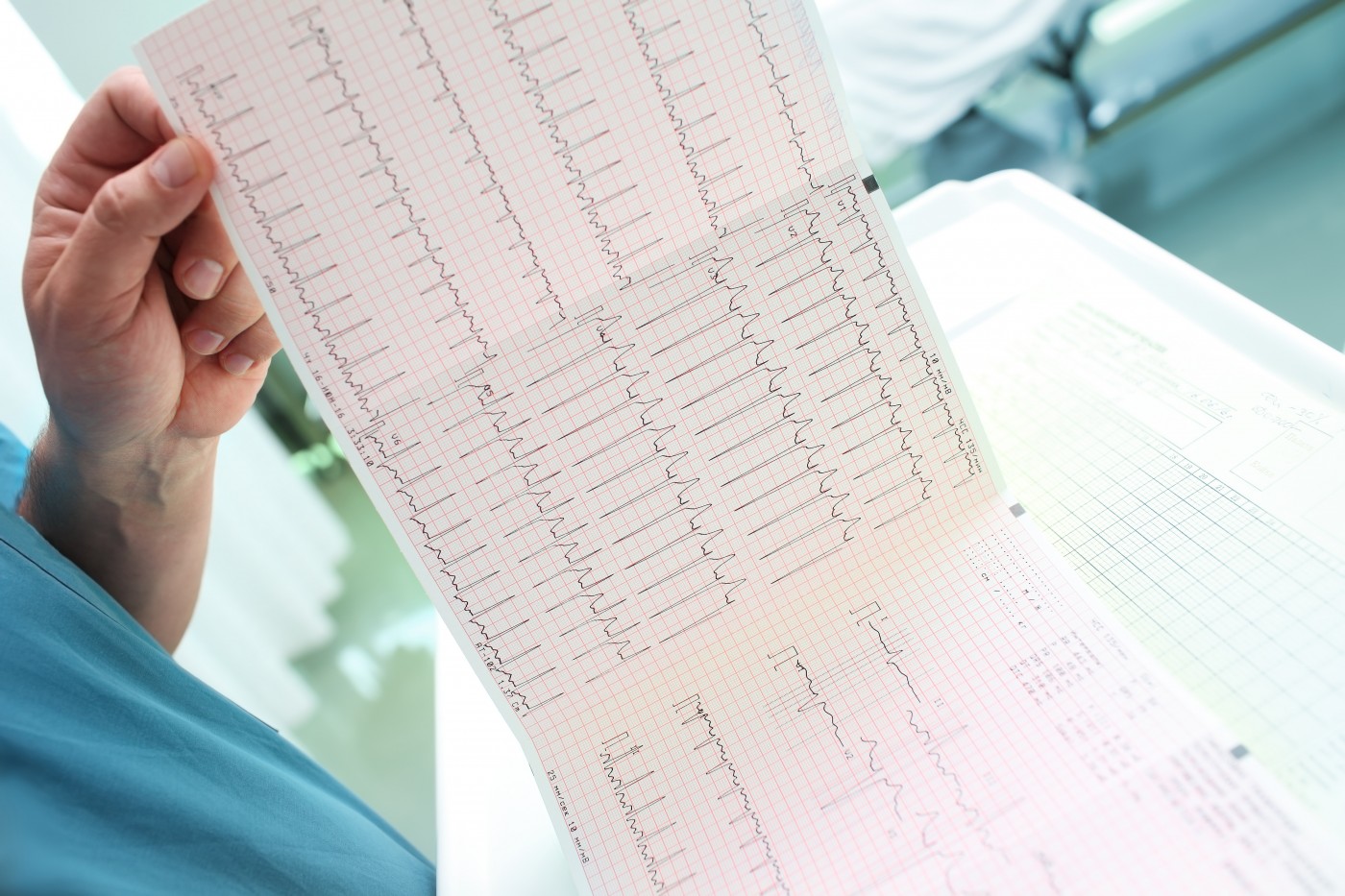Noninvasive Tests Can Help to Identify Those Most Likely, or Unlikely, to Have PH

Noninvasive methods can help to determine which patients have a high probability of developing pulmonary hypertension (PH) and which are most unlikely to do so, researchers reported — offering clinicians further tools when examining people with suspected lung hypertension.
The study, “Use of ECG and Other Simple Non-Invasive Tools to Assess Pulmonary Hypertension,” was published in the journal PLOS ONE.
Researchers at the Medical University of Graz in Austria examined the medical records of 394 patients who had a right heart catheterization procedure (a typical diagnostic tool for PH) because of suspected PH, and discovered that right axis deviation on an electrocardiogram (ECG) predicted lung hypertension in 93 percent of them. Right axis deviation is often considered a chronic finding in patients with lung disease.
A combination of non-right axis ECG deviation, low levels of the heart disease marker NT-proBNP (N-terminal pro brain natriuretic peptide), good oxygen saturation of the blood, and WHO functional class I or II could rule out the possibility of PH with a probability of 96 percent.
To test whether the factors — retrospectively identified in the first group of patients — were truly valid predictors of the disease, the research team investigated them prospectively in another group of 168 patients. These patients underwent right heart catheterization because they were either experiencing unexplained shortness of breath or were at risk of developing PH because of an underlying disease.
An ECG showed right axis deviation in 39 of these patients, 36 of whom were later diagnosed with PH. This gave a positive predictive value of 92 percent. Among the remaining 129 patients, the absence of PH was predicted in 38 people. This turned out to be wrong only in one case, for a 97 percent probability of being right.
During the study, 151 patients had at least two right heart catheterizations, making it possible to correlate changes in ECG to changes in pulmonary artery pressure. The team found a moderate correlation between the ECG axis and the mean pulmonary arterial pressure. Levels of NT-proBNP and lung artery blood pressure also were linked.
A definitive diagnosis of PH is dependent on the invasive right heart catheterization procedure, so physicians are always looking for noninvasive ways to improve the process of reaching a diagnosis.
“Our suggested two-step algorithm recognizes patients with either a very high or a very low probability for pulmonary hypertension in nearly half of the patients at risk for PH. This result can be achieved by the systematic use of four simple, non-invasive parameters: right axis deviation in ECG, SO2 (arterial oxygen saturation), NT-proBNP and WHO functional class,” the researchers concluded. “We believe that our results may be useful for guiding the decisions towards specific diagnostics in individual patients at risk for pulmonary hypertension.”







